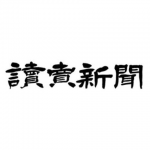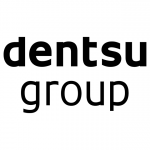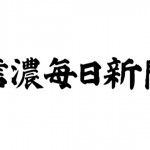欧州RTB事情:2013年も続く拡大成長について
While programmatic digital media buying has been established in the US for some time now, Western Europe and Japan made the headlines in 2012. With US exchanges and DSPs going global in parallel with the big ad groups, market development has been phenomenal. However, the challenges and opportunities that each of these markets presents are different. There is evidence to suggest that a lot of leap-frogging will also take place, where some of the markets outside the US will evolve their own business models and some services might be faster to reach maturation.
The British, French, German and Dutch marketplaces offer interesting contrasts. The UK has been one of the easiest and fastest growing programmatic markets outside the US, with 12% of total online ad sales coming from RTB in 2012. A large part of this growth is coming from RTB eating into the ad network share. The challenge for the UK going forward will be getting more volume, and diversifying into more channels, such as video and mobile.
The French and German markets have both been conservative; however, the challenges for programmatic buying have been different in both countries. In France, RTB has had to break into the stiff performance advertising segment and contend with search, affiliate and other performance display. The initial lethargy of publishers has been replaced with a strong desire to develop smaller exchanges and private marketplaces. It’s a bit of having your cake and eating it too: publishers don’t want to cede ground on the RTB space and have decided to start setting the pace. Don’t be surprised if direct RTB spend goes up in France over the rest of 2013.
As a response to this, we at Cadreon have moved aggressively on quality of inventory and private marketplaces. Without creating our own pipes, it would be impossible to get spend going through marketplaces.
In Germany, while the same solution is needed, conservatism has prevented RTB growth. Ad networks are still in a powerful position, and in many respects Germany has similarities with the Chinese and Japanese markets. Strong local players blur the line between a DSP and an ad network.
Limited premium inventory has seen some price inflation, and international DSPs still need to improve quality of inventory offered. Even when demand exists, there aren’t enough impressions to buy. We have been particularly successful in sourcing premium inventory and using technology partners to create marketplaces where none existed.
The Netherlands has seen good growth despite the privacy laws that created confusion and chaos initially. Expect 2013 to see quiet growth, as opposed to a rapid rise in spend.
For RTB spend to continue to scale as it has, one needs to get attribution right. Some attribution tests indicate that RTB is quite successful in driving preference and behaviour in the mid-funnel stage, though measurement practices are still focused on the last click method.
I hate the nomenclature of trading desks, since it does not accurately represent what we do. Data-driven programmatic buying, driven by audience understanding, is closer to reality.
2013 will be continuation of the Wonder Years for RTB: experimentation along with promise of better things to come. We will be focused on winning the race to create custom data sets, experiment with better attribution models, along with locking-in a constant source of inventory to feed demand. For their part, publishers will continue to strive to make the market as much as the market makes them. Fear and Opportunity will be the key drivers.
from:
http://www.exchangewire.com/blog/2013/03/07/rtb-in-europe-positive-volatility-by-arun-kumar-president-of-map-g14/











